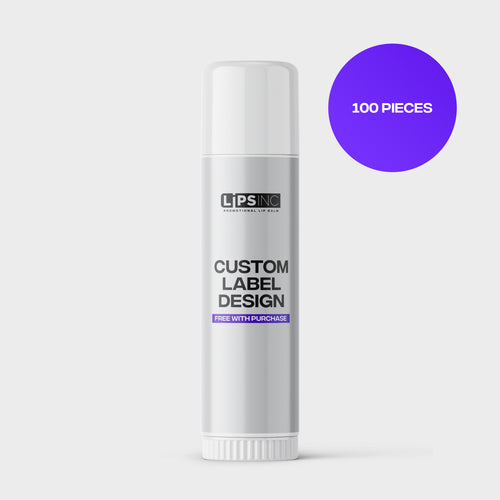Lip balm is a staple in many daily skincare routines, valued for its ability to hydrate and protect our lips. But have you ever wondered how this small yet mighty product is made? This blog post will take you through the fascinating process of lip balm production, from ingredient selection to the final product.
The Ingredients: A Blend for Softness and Protection
The journey of creating a lip balm begins with choosing the right ingredients. The formulation typically includes:
- Waxes: Beeswax or carnauba wax is commonly used to give the balm its shape and structure.
- Oils: Oils like coconut, almond, or jojoba are added for their moisturizing properties.
- Butters: Shea butter and cocoa butter offer richness and a smooth texture.
- Vitamins: Vitamins E and A are often included for their nourishing benefits.
- Sunscreen: Some lip balms contain SPF ingredients for sun protection.
- Flavors and Colors: Natural or artificial flavors and colors may be added for appeal.
The Manufacturing Process: A Mix of Science and Precision
The production of lip balm involves several key steps:
-
Melting and Mixing: The first step is to melt and mix the waxes, oils, and butters. This mixture is heated to a specific temperature to ensure a smooth blend without overheating the ingredients, which might degrade their benefits.
-
Adding Active Ingredients: Once the base mixture is ready, active ingredients like vitamins, sunscreen, flavors, and colors are added. This step requires precision to maintain the right balance and effectiveness of the formula.
-
Cooling and Setting: The hot mixture is then poured into molds or containers. This could be the traditional stick form, small pots, or tubes. The cooling process is crucial as it determines the final texture and consistency of the lip balm.
-
Quality Control: After cooling, each batch of lip balm undergoes quality control tests. These tests check for consistency in texture, color, smell, and efficacy.
Packaging: The Final Touch
Once the lip balms have passed quality control, they are packaged. Packaging varies based on the brand and product type but generally includes labeling with information such as ingredients, usage instructions, and expiration dates. The packaging design is also an essential aspect of branding and marketing.
Sustainability and Innovations
In recent years, there has been a significant shift towards sustainable and eco-friendly production practices in the lip balm industry. This includes using organic ingredients, eco-friendly packaging materials, and cruelty-free testing methods. Innovations in formulations and packaging continue to evolve, offering consumers a wide range of choices to suit their preferences and values.
Conclusion
The making of lip balm is a blend of art and science, requiring careful selection of ingredients, precise manufacturing processes, and thoughtful packaging. Next time you apply your favorite lip balm, you'll appreciate the journey it has taken from a simple blend of ingredients to the soothing balm that keeps your lips soft and protected. Whether you prefer a classic formula or an innovative, eco-friendly option, there's a lip balm out there for everyone!






